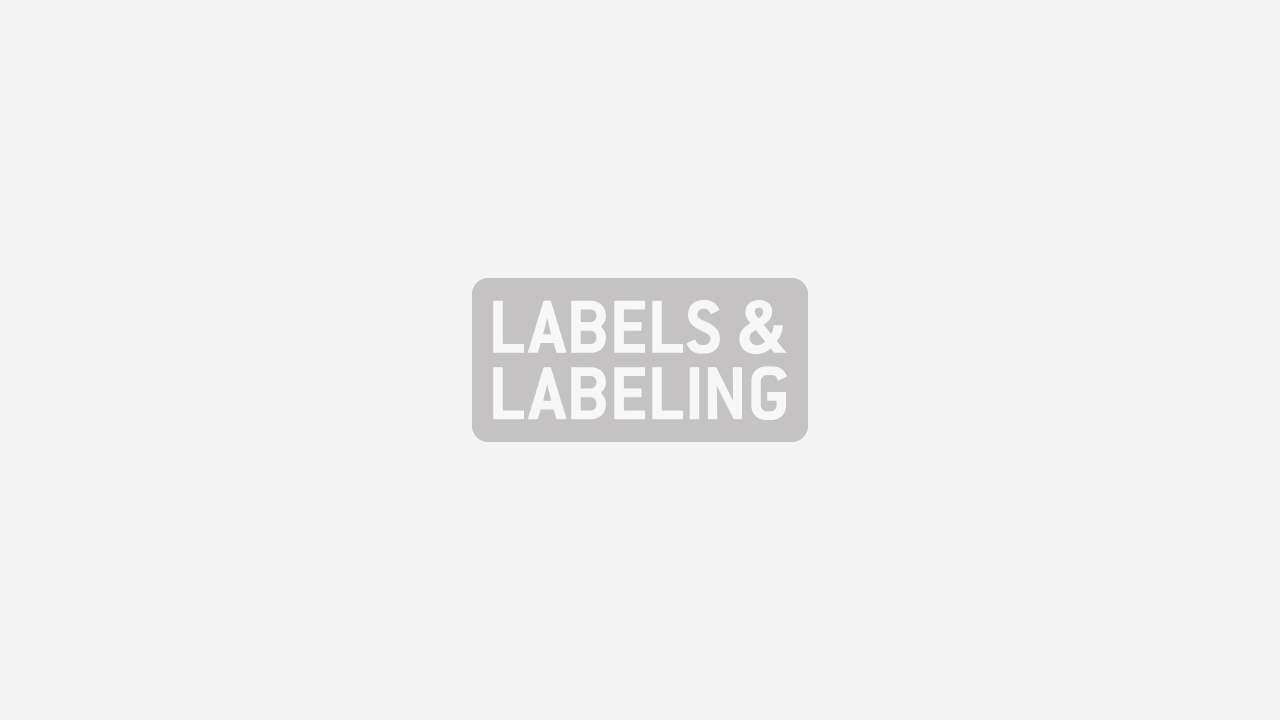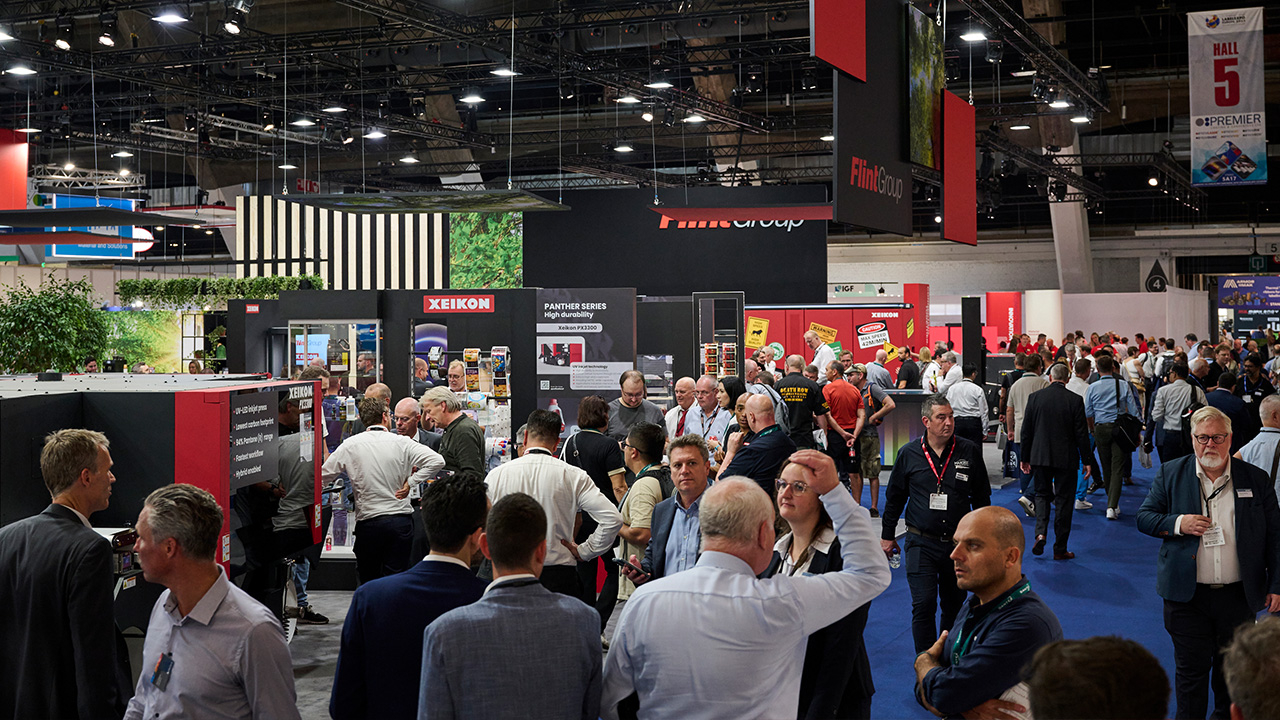Reaction to 'Blinded by the light' article in L&L Issue 6

The article is in itself very interesting and gives a good view on what are the problems in the graphic arts sector with regards to color measurement. Looking however to the measurements, the conclusions and the recommendations, I see a lot of inconsistency and would like to place some side-notes or change the spotlight from some items to prevent further confusion.
IGT Testing Systems, the successor of the renowned Institute for Graphical Technology part of the Dutch fundamental research institute TNO, is still very active in supporting the graphic arts industry with laboratory investigations, field research, audits for ISO 12647 certification and participation in international ISO working groups as well as in national standardization working groups like ASTM and ANSI.
It is surprising that VIGC is so surprised about the found variation of dE almost 4 - this is a long known fact and the reason that the tolerances in the ISO standards 2846 and 12647 are as large as they are right now. Due to the variation in geometries, light sources and other variables, which are not well specified in the ISO 13655, it is still a surprisingly small variation.
For example, in the other articles based on this same piece by VIGC, seven devices were compared, with significant but very specific differences. Unfortunately, there are no serial numbers of software revisions specified. These were only seven; IGT did a similar research on over 40 instruments in early 2008 of which 21 were of the same type as these seven. With these 21 and the recorded serial numbers and revisions we can easily see that three of the seven instruments are of a different revision and sold in packages for a different target group!
I am not here to defend the spectrophotometer industry, but it is not fair to say that these instruments are 'not top class'. It is like in high school, one can be top of the class each year but only in the last year you are really the top of all classes. One cannot expect that the top of the class of $1,000 instruments has the same performance as the class of $5,000 or $15,000. It would also be a miracle if the average of the $1,000 class would match the average of the other classes. Although they may under certain circumstances give identical results.
In the past there have been a number of comparative tests of spectrophotometers, published or not. Some with new instruments, others with used instruments under conditioned circumstances and others as done by VIGC. All methods have their specific advantages and disadvantages; all had also a specific purpose. The method chosen by VIGC comprises all from purchasing policy up to maintenance and training, this is expected to give, of course, the largest variation. As mentioned before, this was considered when setting the tolerances in the different ISO standards for color conformance.
Personally, I don't know how to interpret an average dE over 13 totally different colors, if however the maximum is 3,77 and the average (arithmetical mean of 13 dEs I assume) is only 1,56 there must be also at least 50 percent of the measurements below 1,56. This is not as bad as the rest of the article suggests.
The test target used was the Netprofiler chart. To call the color data received with this chart 'the exact value' is in contradiction with the fact that the values are measured with three spectrophotometers and averaged! That the values of the VIGC meters are better in correspondence with this chart than the others is quite logical as theirs are calibrated with this chart and presumably the other devices are not. That newer types of devices perform better is also not a very big surprise. We found in our investigation, and in the German test done in 2007, that there is almost no difference in result between older and newer devices of the same type. Could it be that this brand giving particular differences in the red and orange is giving the right values and the other brand(s) make a structural mistake here? As long as there is no absolute reference, it is difficult to say who is right, just the (much) larger number of instruments in the test should not be the conclusive factor.
If the customer expects much smaller tolerances than specified in e.g. ISO 12647 and the printer accepts the job, he should know about the differences in measuring criteria and the background of the tolerances in the standards. In that case he can, and has to, explain to the customer that this is only possible if the same instrument is used for the measurements and that it is not possible to measure - e.g. on a monitor or read the L*a*b* values from Photoshop and use these as specification. Unfortunately many printers, especially print sellers, do not know enough about this subject to protect themselves from the malpractices of the print buyers, who also dont know but just extract a section from a standard or from general purchasing terms from a competitor.
dE2000
Human perception of color differences is so subjective and depends on so many very different factors that there is always a good reason for any dE calculation method. Take dE94, used mainly in the textile industry, this is probably the best for the spectrophotometer manufacturers specifications as all the instruments are specified with dE94 tolerances. These numbers look good, but dE76 would give numbers 3 to 10 times larger!
If the dE2000 average is 0,39 as stated, compared to the 1,56 for dE76, is realistic, this would mean that the printer would not have to start any correction until this 0,39 becomes about 1,0. If the difference would be linear this was 4 dE76. This is again exactly the range according to the standard so there is nothing different except for the psychological border of 1 dE as visible difference which is for a printer not relevant as his viewing conditions are far from ideal.
dE2000 works fine, better than dE76 for light colors/tints of one single color. For mixed colors, which is FC printing per definition, or darker colors the difference disappears or dE76 becomes better. So why confuse the printer with another calculation which does not allow him to control his job. It may be better to discuss using Lch, where the h, or delta h gives the color angle in the color circle. As every printer knows, a small difference in darkness of a color is hardly visible and seldom annoying; a difference in color angle is immediately visible and often very annoying. So it is not only about large or small color deviations but also about the color in which the deviation appears.
Conclusions
In the tests executed by IGT and during the preparation for ISO 12647 audits we found more problems with cleaning, wrong settings, wrong dE calculation settings calibration procedures etc than with the actual differences between the different instruments. A dE of 3 or 4 is no problem if the source is known. So, training and education throughout the organization is getting more and more important.
Eddy is right stating that we should not judge only by the numbers, rejection should be because of visual differences. So the discussion should be about the viewing conditions on the press console, perfect D50 color matching tubes with in front an acrylate plate which is a perfect UV shield, collecting all spray powder from the press environment.
Wilco de Groot
Managing director, IGT Testing Systems
Stay up to date
Subscribe to the free Label News newsletter and receive the latest content every week. We'll never share your email address.

